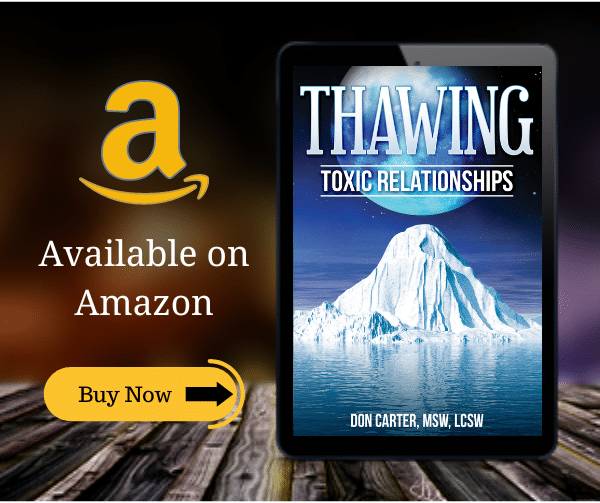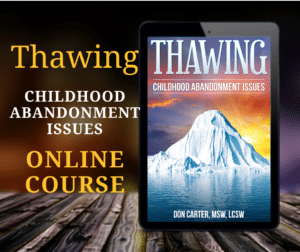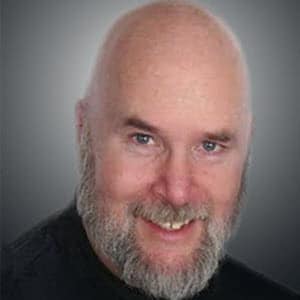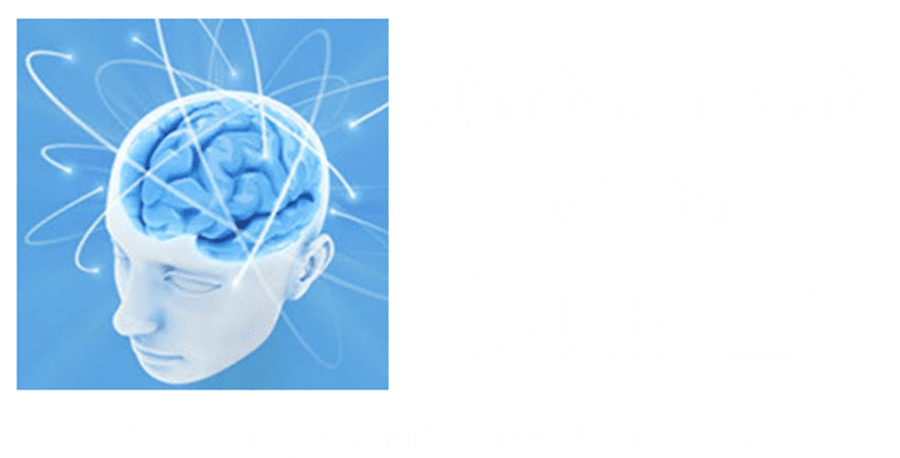
Ego State Maps Summary
The following summaries of all three Structural Ego State Maps are listed below for easy reference. These Ego State Maps are great examples of what I mean when I refer to the Internet-of-the-Mind as neural networks…embedded in networks …embedded in networks…and so on. The following video is lengthy (30 minutes) but reviews all three structural maps and then the functional ego state map. It is worth watching a few times to really take it all in:
NOTE: Click on any of the diagrams below to go directly to that specific page and learn more about each one.
First Order Structural Ego States Map
The three primary Ego-States of TA are the Parent Ego-State, The Adult Ego-State, and the Child Ego-State.
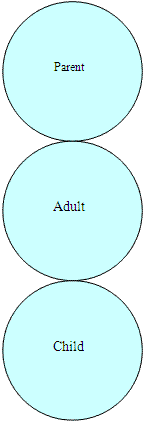
Outwardly, the Parent is often expressed towards others in prejudicial, critical, or nurturing behavior — from Second Position. Inwardly, it’s experienced as old parental messages which continue to influence the inner Child…some good messages and some limiting to the person.
The Adult Ego State is not related to a person’s age… It’s oriented in the present and can be comparable to a computer in that it’s in charge of executive functioning — i.e., decision-making, problem-solving, etc.
The Adult is organized, adaptable, intelligent, and functions by testing reality, estimating probabilities, and computing dispassionately – from Third Position.
The Child ego state contains all the impulses that come naturally to a child… the Child is creative, adventuresome, spontaneous, curious, affectionate and so on.
The Child loves to giggle, laugh, have fun and enjoy the simple things in life. It can also be a “brat” or “whine” when it doesn’t get its way. The Child lives in First Position and is the network that contains our feelings, wants, and needs.
Second-Order Structural Ego State Map
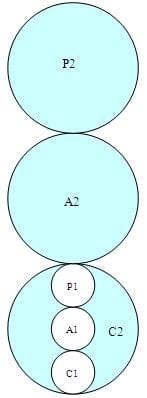
The healthy Parent-in-the-adult (P2) is “all-about-the-child“, they nurture and protect the children. This is strictly a healthy use of Second Position by the ideal parent.
The healthy Adult-in-the-adult (A2) is wise, mature, makes good decisions by consulting the other states, and generally acts on behalf of the whole person whenever executive functions must be carried out. Healthy use of Third Position.
The healthy Child-in-the-adult (C2) is the ideal representation of a well-adjusted Child ES… a non-wounded Child with no issues from the past… The healthy use of First Position.
P1 = Parent-in-the-child or the Adapted Child
A1 = Adult-in-the-child or the Little Professor
C1 = Child-in-the-child or the Natural Child
Third Order Structural Ego States Map…
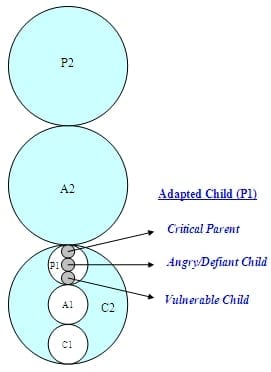
The Critical Parent Ego State map contains all the critical parental messages given to the child. The younger a child is, the more receptive they are to these messages…referred to as Injunctions in TA language.
The Angry/Defiant Child is the neural network for the eight to twelve-year-old part of us that contains all the thoughts, feelings, attitudes and coping style of that time in our lives.
The Vulnerable Child is the Ego State map of the one to seven-year-old part of us that carries all the attachment wounds, trauma and fear of abandonment from our childhood.
After thoroughly reviewing this information, get a feel for how defense mechanisms employed by our subconscious mind influence and affect how our ego states interact with each other.


